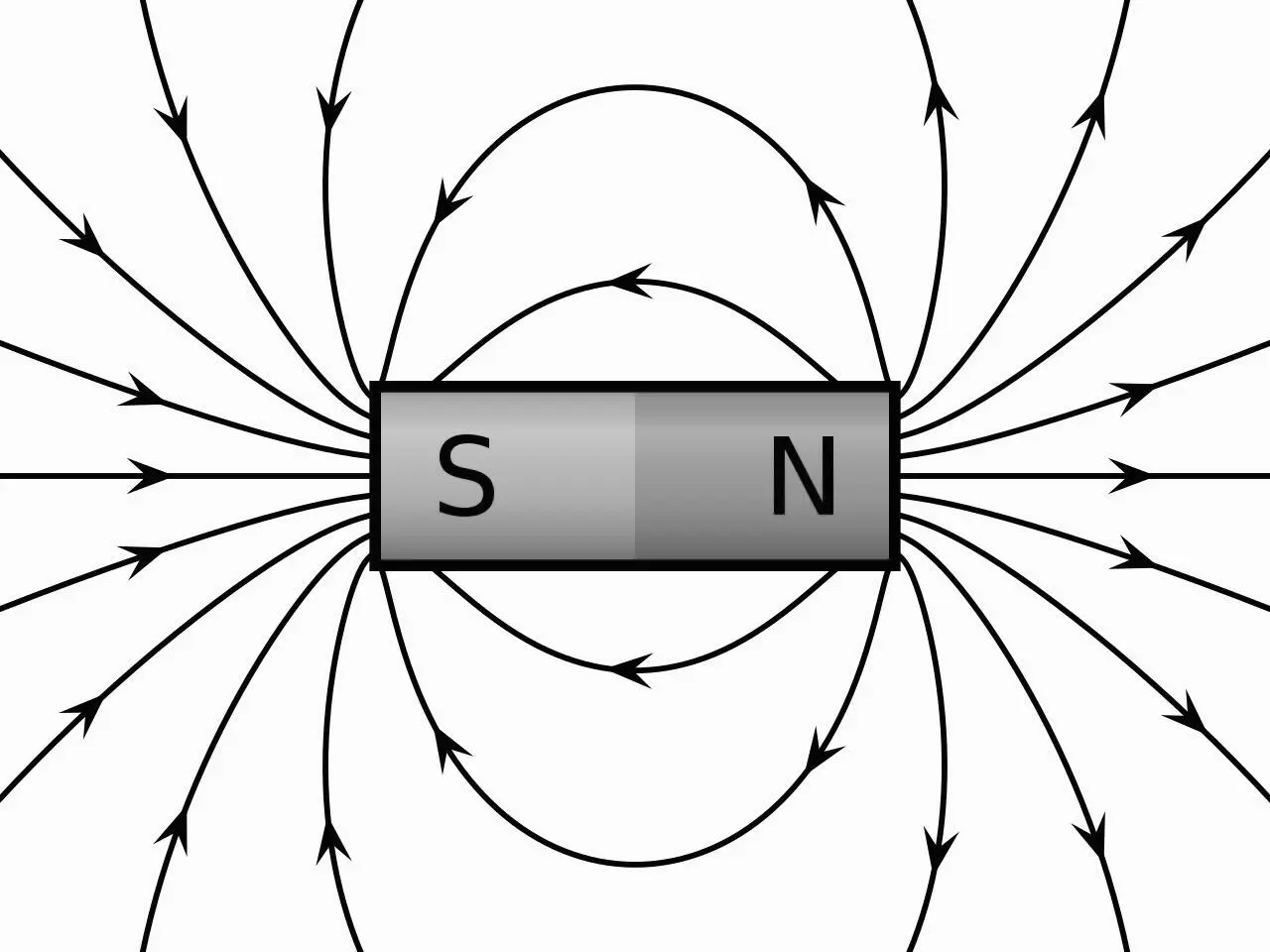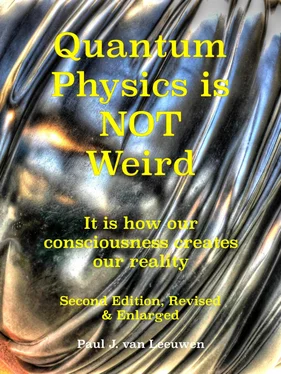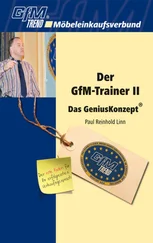1 ...7 8 9 11 12 13 ...23 With this DIY experiment you will have demonstrated the wave character of sound by evoking maxima and minima of sound at certain locations. The maxima and minima of light in the double-slit experiment demonstrate the wave character of light in the same way.
Fields, electromagnetic waves
Nowadays everybody agrees that light is an electromagnetic wave phenomenon. How did we discover this? From ancient times we were already familiar with electrical and magnetic phenomena. De term ‘electricity’ is said to be derived from electrum, the Latin name for amber. Rubbing amber with a woolen cloth evokes small sparks. We discovered two types of electrical charges. Similarly charged objects repelled each other and dissimilar ones attracted each other. Magnetism was discovered even earlier and used in navigation.
It turned out in the 18 thcentury that applying the same mathematical methods as with Newton's gravity mechanics, one was able to calculate the dynamic behavior of objects with attracting or repelling electric charges or with magnetic properties. The mathematical tools that Newton had laid down for gravity could be applied in the same way to the electrical attraction between two charged objects. The electrical and magnetic forces are, just like gravity, inversely proportional to the square of the mutual distance and directly proportional to the product of the two electrical or magnetic charges. However, when one wanted to calculate with these methods the simultaneous behavior of more than two charged objects, mathematical problems arose. Exact mathematical tools are simply not available for multiple body interactions. In those early days one had to make do with approximative methods and calculations with pen and paper. Currently, we use computers for more accurate approximations.

Figure 3.5: Electric field lines.
Source: Wikimedia Commons.
The field concept was developed to simplify the multiple body calculation problem. A good approximation of the behavior of more than two attracting or repelling bodies was found by assigning to every location in the empty space around an electric or magnetic charge a field vector property of direction and strength.
A vector is a mathematical object representing both magnitude and direction. An electric field vector [ 8 ]represents the direction and the magnitude of the force that an electric unit charge would experience in that location of space. The same principle applies for a magnetic field vector [ 9 ]. Assigning these mathematical vectors to every location in space around a charge, defines thus the electric or magnetic field of that charge. Ask yourself now if you think that such a field is an objective tangible thing. Anyhow, this idea of a vector field idea simplified calculations greatly. Figures 3.5 and 3.6 show the graphic presentations of electric and magnetic fields with field lines.

Figure 3.6: Magnetic field lines.
S=Southpole N=Northpole
Source: Wikimedia Commons.
The tangent to a field line in a point gives the direction of the field force at that point. The field line density represents the field force. The denser the field lines, the greater the field force. I will not elaborate on the differences between magnetism and electricity, but I hope you will understand that the field concept did attribute real properties to something that we consider to be empty space. In this way the abstract mathematical field concept became gradually a real object.
This is, in my opinion, a striking example of reification, which is the conversion of an abstract idea into an objectively existing thing. It will turn out that this reification of the field, starting in the 19 thcentury, will present an obstacle to a real understanding of electric and magnetic effects.
However, field mathematics, whether applied to gravity, electricity, or magnetism, resulted in a significant progress in the results of physics research. Michael Faraday(1791 – 1867) discovered around 1831 how an electrical current generated a magnetic field and how, vice versa, a changing magnetic field generated an electrical field. Soon after his discovery the first dynamos were built. However, a complete mathematical description of electricity and magnetism was still missing.
This task was taken on by James Clerk Maxwell (1831 – 1879), a Scottish mathematician and physicist. To build his equations, he extended the field concept in such a way that field lines became almost tangible objects traversing empty space. In 1861 he published a set of twenty equations which described the dynamic behavior of electromagnetic fields. His equations said that alternating electrical fields generated alternating magnetic fields which in their turn generated alternating electric fields again and so on. Heaviside(1850-1925) and Gibbs(1839-1903) merged and simplified these twenty equations into just four, which are now known as Maxwell’s equations.
Maxwell’s equations [1 0 ]describe mathematically how a changing electric field creates a similarly changing magnetic field, and vice versa. The dynamic interaction between these fields generates a self-propagating electromagnetic phenomenon behaving like a wave in empty space. The propagation of such a wave takes place in a direction perpendicular to those alternating electromagnetic fields. This phenomenon is called an electromagnetic wave [1 1 ]or EM-wave. See figure 3.7.

Figure 3.7: Vertically polarized electromagnetic wave.
E: Electric field, B: Magnetic field. λ: wavelength.
Source: Wikimedia Commons.
The entire classical electromagnetic theory is based on Maxwell’s four equations. Note here that classical physics was originally concerned with matter, energy, and the forces between them, but from that moment on, fields became real objects in physics, despite their intangible quality. Fields can exist and propagate in and through the utter emptiness of a vacuum, without any physicist having a problem with that idea.
Maxwell's equations predict that moving charges will emit electromagnetic waves that will always propagate through empty space with an invariable constant speed. In fact, when Maxwell calculated the speed at which an electromagnetic wave should propagate, he was surprised to find that it was precisely the speed of light, which is now a physical constant denoted with the letter c. He then made the, now generally accepted, inference that light was an EM wave. So, two new fundamental fields were now introduced firmly into classical mechanics in addition to the gravitational field: the electric and the magnetic field.
The speed of light in vacuum has always to be the same because, as can be derived from Maxwell’s equations, its value only depends on a fixed set of physical constants. Einstein realized that this constancy of the speed of light meant that it could not have relative speeds like material objects. Its measured speed could not depend on the relative movements of different observers. For example, the speed of the light you observe coming to you from an approaching train is not increased by the speed of the train. It will always approach you with 186,282 miles per second. But the train driver will observe exactly the same speed of the light coming from the spotlights of his train. It was not until the first decennium of the 20th century that this problem was solved.
Читать дальше















